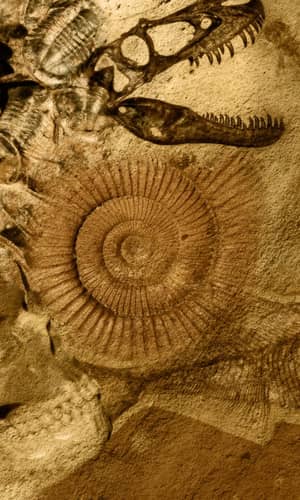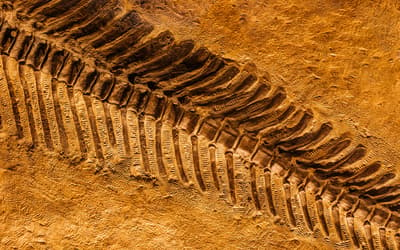
Biostratigraphy Is Inevitable
Nathan W. Mogk • Dec. 10, 2025
Fossil records with different ordering styles (true or process order, etc.), degree of ordering, and per-column fossil density were simulated, then the resulting timescales were compared.
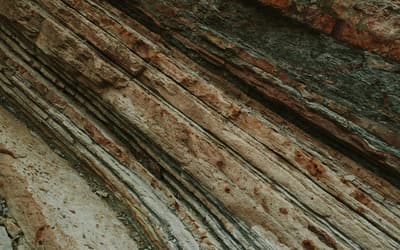
Simulating Biostratigraphy to Test Faunal Succession
Nathan W. Mogk • Oct. 15, 2025
The goal of this study is to isolate the effects of an evolutionary assumption during biostratigraphic interpretation by simulating the fossil record.
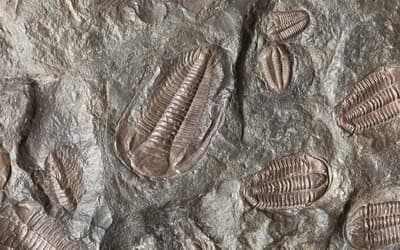
Lagerstätten: Where Creationist and Secular Studies Coincide
Warren H. Johns • June 4, 2025
Creationists are beginning to recognize Lagerstätten as important sites as they are indicators of rapid burial and thus catastrophic activity throughout the fossil record.

Biochemistry of Dinofuzz: Feathers, Filaments, Fuzz, or Folly?
Harry F. Sanders, III • March 5, 2025
The evidence of feathers is limited to filaments or fibers in many fossils. It is these filaments that will be the focus of this paper.

To the Ark, and Back Again? Using the Marsupial Fossil Record to Investigate the Post-Flood Boundary: A Reply
Chad Arment • Jan. 8, 2025
Chad Arment responds to Nathan Mogk’s 2025 critique of his 2020 marsupial migration model.

To the Ark, and Back Again? Using the Marsupial Fossil Record to Investigate the Post-Flood Boundary: A Comment
Nathan W. Mogk • Jan. 8, 2025
Nathan Mogk questions Chad Arment’s 2020 marsupial migration model.

Description and Analysis of an Allosaurus fragilis (Dinosauria: Theropoda) Skull
Nicholas Rush , et. al. • Oct. 9, 2024
Analysis of the skull of CMP 279 offers valuable insights into the species Allosaurus fragilis, and further research promises to yield even more valuable information.
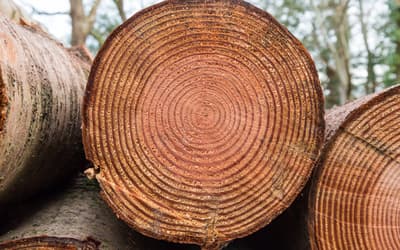
A Biblical Timescale for Radiocarbon Dating
Marshall Jordan • May 29, 2024
The low content of C-14 in fossil fuels implies that the atmospheric C-14 level in the pre-Flood world was less than 1% of today’s level, in contrast to the uniformitarian assumption.
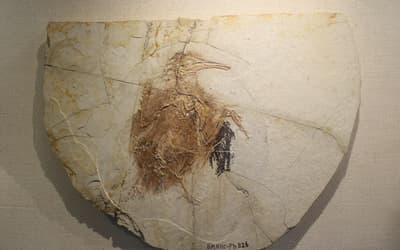
Are Birds Dinosaurs? A Critical Analysis of Fossil Findings
Reinhard Junker • April 24, 2024
The putative descent of birds from dinosaurs has become established as one of the most popular evolutionary transitions.

Reply to the “Response to ‘The Debate over Classification of Archaeopteryx as a Bird’”
Dr. Gabriela Haynes • Dec. 6, 2023
This paper aims to address some issues raised by McLain et al. (2023) in an article titled “Response to ‘The Debate over Classification of Archaeopteryx as a Bird.’”

Response to “The Debate over Classification of Archaeopteryx as a Bird”
Matthew McLain , et. al. • Dec. 6, 2023
Matthew McLain, Dr. Marcus Ross, Matt Petrone, Noël Lay, and Matthew Speights take issue with Dr. Gabriela Haynes’ 2022 discussion of the difference between birds and dinosaurs.
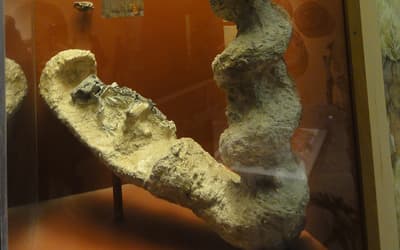
Palaeocastor Burrows as Post-Flood Biostratigraphic Markers
Chad Arment • April 12, 2023
A peculiar ichnofossil found in western North America is described for its potential as a biostratigraphic marker in Flood models.

The Debate over Classification of Archaeopteryx as a Bird
Dr. Gabriela Haynes • Sept. 14, 2022
Based on several findings, no reason remains for Archaeopteryx to be classified as anything other than a bird.
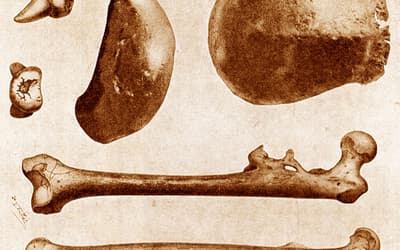
Java Man: A Creature Between Apes and Humans, an Extinct Ape, or a Primitive Man?
Dr. Jerry Bergman • May 18, 2022
Details of the Java man fossils were discussed as well as the problem of creating a species from a few bone fragments.
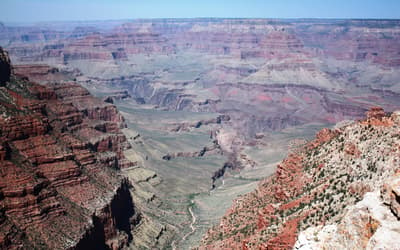
The Petrology of the Tapeats Sandstone, Tonto Group, Grand Canyon, Arizona
Dr. Andrew A. Snelling • June 23, 2021
The petrology of the Tapeats Sandstone is consistent with the global Genesis flood.
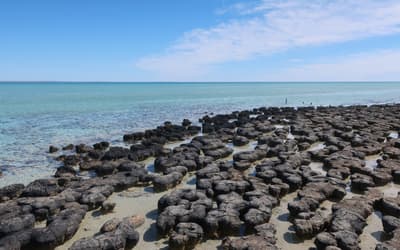
Using Stromatolites to Rethink the Precambrian-Cambrian Pre-Flood/Flood Boundary
Ken P Coulson • May 5, 2021
Many creationists are actively engaged in finding the Flood/post-Flood boundary, but most creationists consider the Precambrian-Cambrian contact more attractive.

The Grand Canyon, Monument to an Ancient Earth: The Deceptions Continue
Dr. Terry Mortenson • Dec. 2, 2020
The Grand Canyon, Monument to Ancient Earth? rejects the truth of Genesis regarding the Flood and the age of the earth.

Implications of Creation Biology for a Neogene-Quaternary Flood/Post-Flood Boundary
Chad Arment • Nov. 4, 2020
While several current Flood models posit an Upper Cenozoic Flood Boundary, none of them address the problem of biblical kinds and their relationship Genesis.

Inerrancy and Biblical Authority: How and Why Old-Earth Inerrantists Are Unintentionally Undermining Inerrancy
Dr. Terry Mortenson • Sept. 16, 2020
The old-earth signers of the CSBInerrancy unintentionally violated their own principles of interpretation and unintentionally undermined the inerrancy and the authority of Scripture.
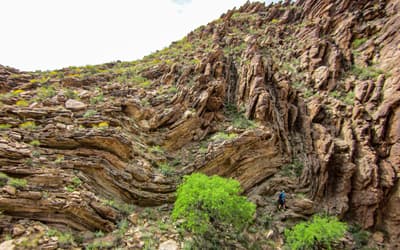
Remembering Spillover Erosion of Grand Canyon
Dr. Steve Austin , et. al. • Sept. 9, 2020
We should remember an important fact—creationist and evolutionist thinking about spillover continues to make a significant contribution to our understanding of erosion of Grand Canyon.

To the Ark, and Back Again? Using the Marsupial Fossil Record to Investigate the Post-Flood Boundary
Chad Arment • April 8, 2020
There is no debate as contentious as the post-Flood boundary issue within creation science.

Lithostratigraphic Correlation of the Coconino Sandstone and a Global Survey of Permian “Eolian” Sandstones: Implications for Flood Geology
Dr. John H. Whitmore • Oct. 23, 2019
The cross-bedded Coconino Sandstone (lower Permian, Arizona) is often used as a “type” ancient eolian sandstone.

Heat Problems Associated with Genesis Flood Models—Part 2: Secondary Temperature Indicators
William Worraker • Sept. 18, 2019
The Genesis Flood produced drastic geological changes involving extremely energetic processes which also generated an enormous heat load.
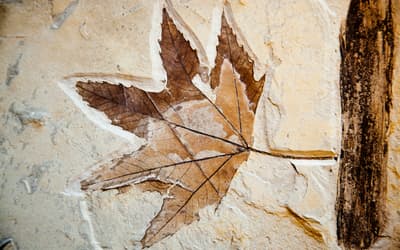
The Challenge of Fossil Forests for Creationist Research
Warren H. Johns • Aug. 7, 2019
The central issue among creationists is whether any purported fossil forests are truly autochthonous.
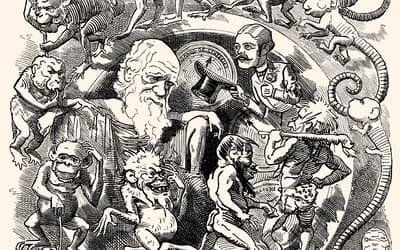
Response to “Still No Replacement of Darwin: A Reply to Nathaniel Jeanson’s Response to My Review of Replacing Darwin—The New Origin of Species”
Dr. Nathaniel T. Jeanson • Nov. 21, 2018
Frello’s recent critique is helpful progress in our discussion, and it argues for the strength of the science in Replacing Darwin.
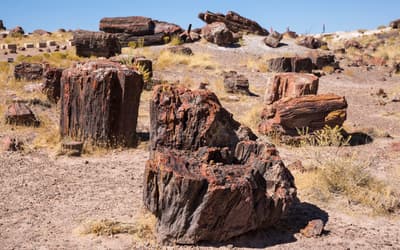
Fossil Grove and other Paleozoic Forests as Allochthonous Flood Deposits
Kurt P. Wise • Nov. 7, 2018
Fossil Grove offers multiple evidences in support of a huge forest biome floating atop the world’s pre-Flood oceans.

Living Evidence of a Global Catastrophe: How Microbial Biogeography Supports Noah’s Flood
Dr. Andrew Fabich • Oct. 17, 2018
The biblical account of Noah’s Flood provides an update to modern microbial biogeography and modern creation apologetics.
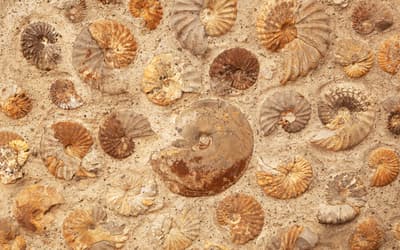
A Preliminary Cephalopod Baraminology Study Based on the Analysis of Mitochondrial Genomes and Morphological Characteristics
Jean O’Micks • Aug. 22, 2018
Cephalopods, including octopuses, squids, cuttlefish, and nautiluses, are underrepresented in both genome sequencing projects as well as baraminology studies.

Heat Problems Associated with Genesis Flood Models—Part 1: Introduction and Thermal Boundary Conditions
William Worraker • July 11, 2018
The Genesis Flood produced drastic geological changes involving extremely energetic processes which also generated an enormous heat load.

Numerical Modeling of the Large-Scale Erosion, Sediment Transport, and Deposition Processes of the Genesis Flood (Revised)
Dr. John Baumgardner • June 27, 2018
This paper describes a numerical model for investigating the large-scale erosion, transport, and sedimentation processes associated with the Genesis Flood.

Response to “No Replacement of Darwin: A Review of Replacing Darwin—The New Origin of Species”
Dr. Nathaniel T. Jeanson • April 25, 2018
Ironically, Frello has actually done me a great favor; his review ends up bolstering my original claims.

The Sedimentary Record Demonstrates Minimal Flooding of the Continents During Sauk Deposition
Dr. Timothy L. Clarey , et. al. • Dec. 6, 2017
The published global sea level curve is inaccurate in an absolute sense, and the Sauk megasequence represented only a partial start to the global Flood.
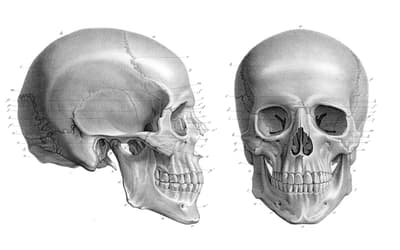
Likely Discontinuity Between Humans and Non-Human Hominins Based on Endocranial Volume and Body Mass with a Special Focus on Homo naledi—A Short Analysis
Jean O’Micks • Oct. 11, 2017
According to the evolutionary concept of encephalization, endocranial volume increases from more primitive species to more developed ones.

Reply to “Response to ‘On the Creationist View on mtDNA’.”
Stefan Frello • Oct. 4, 2017
This is a short reply to Dr. Nathaniel Jeanson’s response to my comment to his work on human mtDNA.
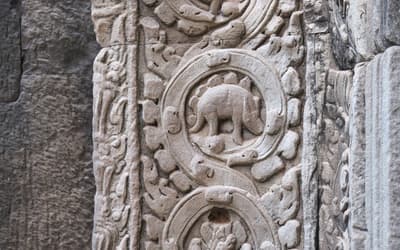
The Stegosaur Engravings at Ta Prohm
David Woetzel • Sept. 13, 2017
Artwork at Cambodia’s Angkor Wat temple appears to depict a dinosaur. Though the engraving is “stegosaur-like,” this interpretation has been criticized.

Book Review of Almost Human, the Astonishing Tale of Homo naledi and the Discovery that Changed our Human Story, by Lee Berger and John Hawks
Jean O’Micks , et. al. • Aug. 30, 2017
We review four main sections of the book starting with his first trip to Tanzania, H. floresiensis, Australopithecus sediba, and Homo naledi.
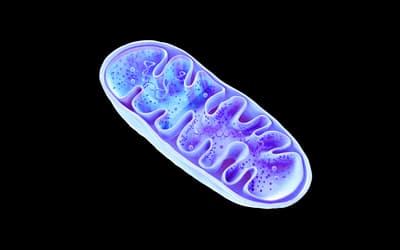
Response to “On the Creationist View on mtDNA”
Dr. Nathaniel T. Jeanson • Aug. 23, 2017
Frello criticizes papers that he hasn’t carefully read. Not surprisingly, his objections turn out to be unfounded.
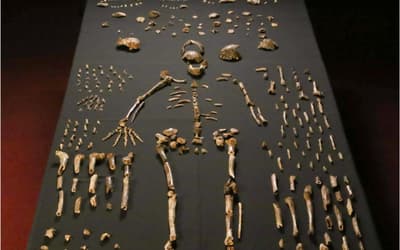
Further Evidence That Homo naledi Is Not a Member of the Human Holobaramin Based on Measurements of Vertebrae and Ribs
Jean O’Micks • June 21, 2017
This study provides further evidence that Homo naledi is indeed not a member of the human holobaramin, but related rather to australopiths.

Rebuttal to “Reply to O’Micks Concerning the Geology and Taphonomy of the Homo naledi Site” and “Identifying Humans in the Fossil Record: A Further Response to O’Micks”
Jean O’Micks • Feb. 15, 2017
Baraminic analyses suggest that both H. naledi and H. floresiensis are not part of the human holobaramin.
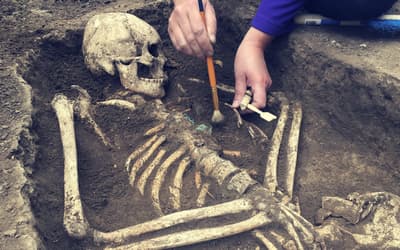
Identifying Humans in the Fossil Record: A Further Response to O’Micks
Todd Charles Wood • Feb. 15, 2017
Recent articles have questioned the validity of hominin baraminology studies that place Homo naledi in the human holobaramin.
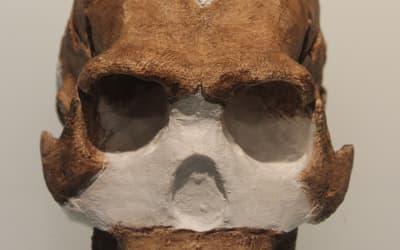
Reply to O’Micks Concerning the Geology and Taphonomy of the Homo naledi Site
Matthew McLain • Feb. 15, 2017
The best hypothesis for the origin of the H. naledi assemblage in the Dinaledi Chamber is still intentional burial/disposal by other H. naledi.

Is the Cambodian Stegosaur-like Carving Another Argument Creationists Should Not Use?
Joshua Cedar • Jan. 25, 2017
A bas-relief carving from the 12th–13th century Ta Prohm temple in Angkor, Cambodia is hailed as a possible depiction of a recently living stegosaur.
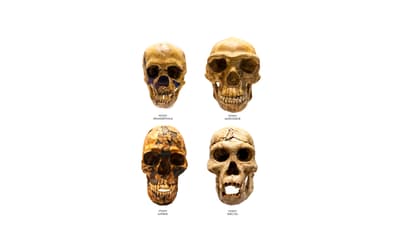
Taxon Sample Size in Hominin Baraminology: A Response to O’Micks
Todd Charles Wood • Dec. 28, 2016
Re-analysis of O’Micks’ character sets show that the lack of baraminic distance correlations is likely the result of a small taxon sample.

Reply to “Taxon Sample in Hominin Baraminology: A Response to O’Micks”
Jean O’Micks • Dec. 28, 2016
Baraminology is a holistic science and should distinguish between more or less important morphological characteristics.

Do Varves, Tree-Rings, and Radiocarbon Measurements Prove an Old Earth?
Dr. Jake Hebert , et. al. • Dec. 7, 2016
The BioLogos Foundation published a popular-level article by old-earth geologists Gregg Davidson and Ken Wolgemuth presenting arguments for an old earth.

The Nature of the Neo-Darwinian Evangelicals’ Criticism of Young-Earth Creationists
Jim Owen • Nov. 23, 2016
If we do not understand the dimensions of the war we are engaged in, we are already halfway to theological and historical oblivion.
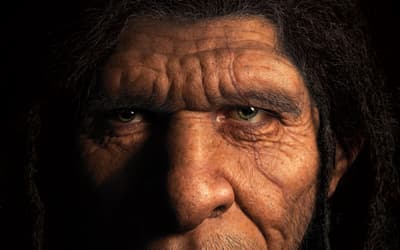
Homo naledi Probably Not Part of the Human Holobaramin Based on Baraminic Re-Analysis Including Postcranial Evidence
Jean O’Micks • Oct. 26, 2016
With the inclusion of 37 postcranial morphological characters, this work attempts to reassess the baraminic classification of H. naledi.

Big Gaps and Short Bridges: A Model for Solving the Discontinuity Problem
Change Laura Tan • July 6, 2016
This paper argues that the issue with the origin of life and the origin of biodiversity is not an issue of time, though deep time is problematical.
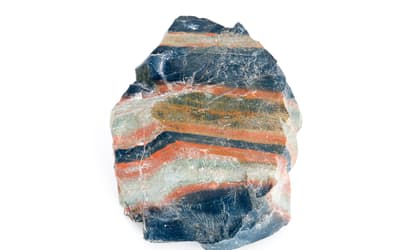
Terrestrial Vertebrates Dissolved Near Flood Fountains
Harry Dickens , et. al. • Nov. 18, 2015
Terrestrial vertebrates close to the Flood fountains dissolved then precipitated out to form Precambrian-Cambrian sedimentary phosphate deposits.

Using Taxonomically Restricted Essential Genes to Determine Whether Two Organisms Can Belong to the Same Family Tree
Change Laura Tan • Nov. 4, 2015
How are all life forms connected? Are they linked by one giant family tree, a web, or a forest of family trees?
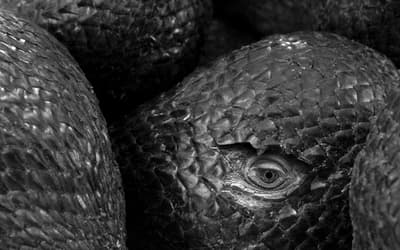
Discerning Tyrants from Usurpers: A Statistical Baraminological Analysis of Tyrannosauroidea Yielding the First Dinosaur Holobaramin
M. Aaron • Nov. 26, 2014
In this study, I analyzed a theropod dinosaur group, Tyrannosauroidea, through the use of statistical baraminology.

Fossil Baramins on Noah’s Ark: The “Amphibians”
Dr. Marcus Ross • Sept. 17, 2014
When added to previously determined kinds of extant anurans, caudates, and gymnophionans, a total of 248 amphibian kinds may have been brought on board the Ark.

An Initial Estimate Toward Identifying and Numbering the Frog Kinds on the Ark: Order Anura
Tom Hennigan • Oct. 2, 2013
It is estimated that 140 extant Anuran kinds were brought on the Ark.

The Human Beta-Globin Pseudogene Is Non-Variable and Functional
Jeffrey P. Tomkins • Aug. 21, 2013
The HBBP1 gene appears to be a highly functional and cleverly integrated feature of the human genome that is intolerant of mutation.

Stone Tools from the Early Tertiary in Europe—A Contradiction to Any Evolutionary Theory About the Origin of Man and to Long Geological Periods of Time
Michael Brandt • June 26, 2013
Approximately between 1860 and 1930, in some cases even later, there was a discussion about flint findings from Paleocene to Pliocene strata which were similar to tools.

Did Death of Any Kind Exist Before the Fall?
Simon Turpin • April 3, 2013
Death, whether animal or human, physical or spiritual, is a consequence of man’s disobedience toward his Creator and an intrusion into His “very good” creation.

An Initial Estimate Toward Identifying and Numbering Amphibian Kinds within the Orders Caudata and Gymnophiona
Tom Hennigan • Jan. 23, 2013
An initial attempt to count and identify biblical kinds in amphibian orders Caudata and Gymnophiona were estimated using current information and several key assumptions and guidelines.
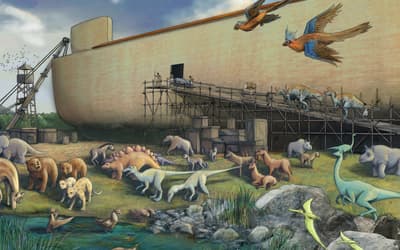
Determining the Ark Kinds
Dr. Jean Lightner , et. al. • Aug. 1, 2014
This research effort provides information necessary for the best possible reconstruction of the animal kinds preserved on the Ark for the Ark Encounter.
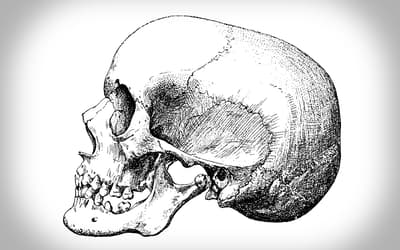
Baraminological Analysis Places Homo habilis, Homo rudolfensis, and Australopithecus sediba in the Human Holobaramin: Discussion
Dr. David A. DeWitt , et. al. • Aug. 25, 2010
A discussion on a previous ARJ paper in regard to Australopithecus sediba and its classification.
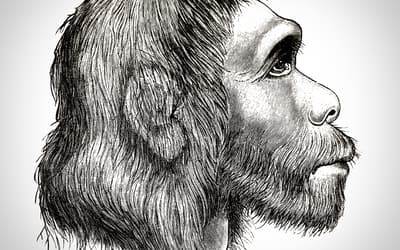
Those Enigmatic Neanderthals
Anne Habermehl • Jan. 13, 2010
Young-earth creationists rightly consider that Neanderthals were human, but are divided on various issues.

Fraud and Forgery in Paleoanthropology
Dr. Jerry Bergman • Dec. 23, 2009
A review of the history of paleoanthropology leads to the conclusion that the discipline is far less objective than that for physics, chemistry, or even biology.
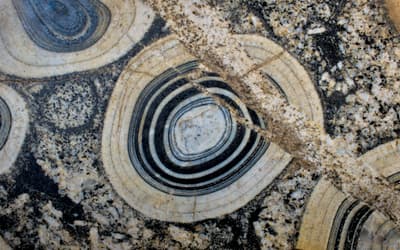
Implications of Polonium Radiohalos in Nested Plutons of the Tuolumne Intrusive Suite, Yosemite, California
Dr. Andrew A. Snelling , et. al. • April 8, 2009
Polonium radiohalos found in biotite flakes of granites in Yosemite National Park place severe time constraints on the formation and cooling of the granite plutons.

Chalk and “Upper Cretaceous” Deposits are Part of the Noachian Flood
John Matthews • March 25, 2009
Certain features of the “Upper Cretaceous” period correspond closely with the biblical account of the Noachian Flood around day 150, and uniformitarian explanations for “chalk” are inadequate.

The Origin of Oil—A Creationist Answer
John Matthews • Dec. 17, 2008
The dominant view of the origin of oil amongst western oil companies until 1969 was that it was due to the decay of living matter. Now other views are making themselves heard.

Radiocarbon Ages for Fossil Ammonites and Wood in Cretaceous Strata near Redding, California
Dr. Andrew A. Snelling • Dec. 10, 2008
Measurable radiocarbon has been detected in fossils from the earliest days of radiocarbon dating. When these data are put in perspective, their deadly significance to uniformitarianism is apparent.

Green River Formation Very Likely Did Not Form in a Postdiluvial Lake
Michael J. Oard , et. al. • Sept. 24, 2008
The uniformitarians believe that the couplets in the Green River Formation are varves, but evidence militates against this interpretation
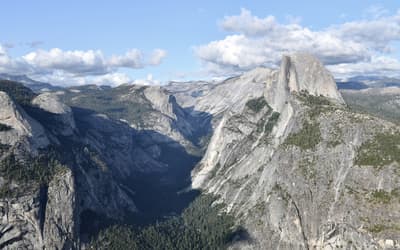
Catastrophic Granite Formation
Dr. Andrew A. Snelling • Feb. 6, 2008
The timescale for the generation of granitic magmas and their subsequent intrusion, crystallization, and cooling as plutons is no longer incompatible with the biblical time frames.
